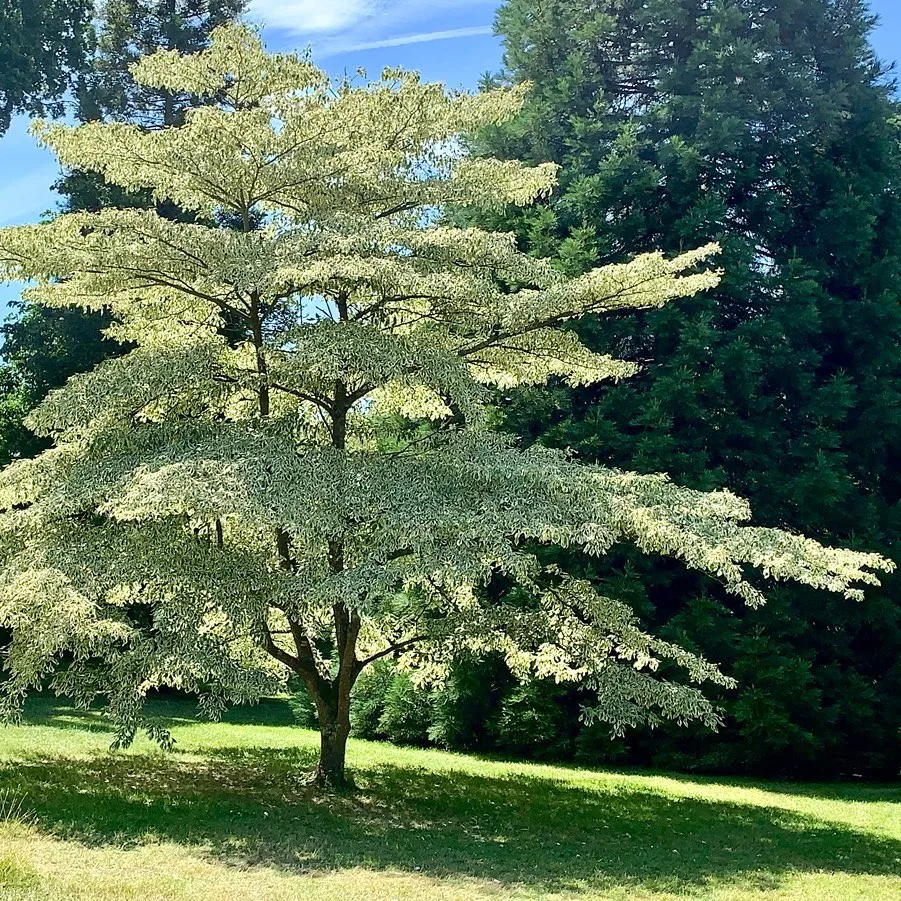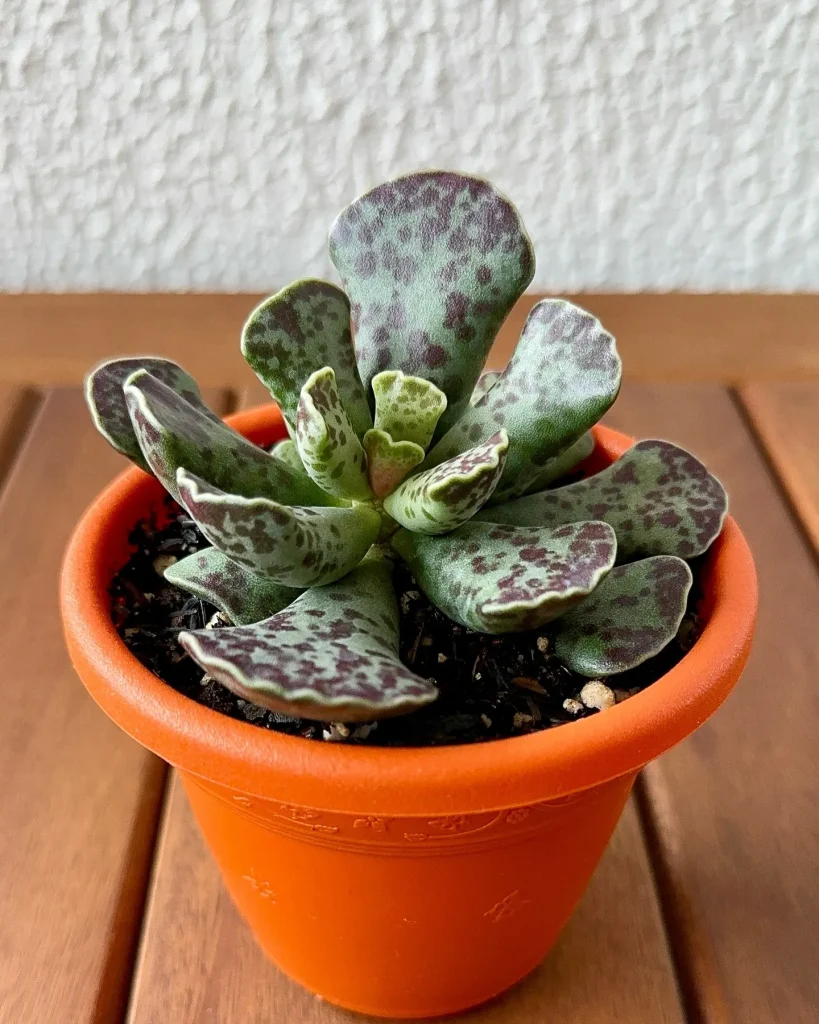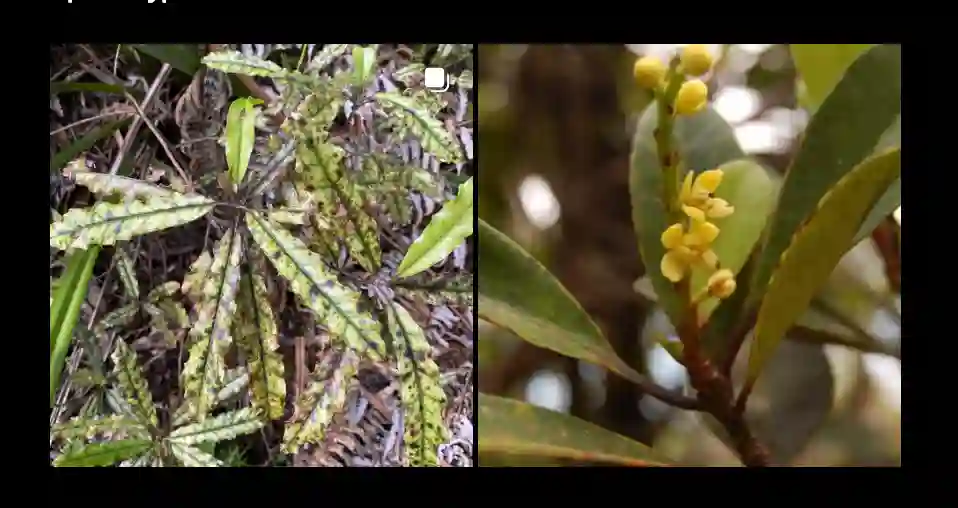Corokia: A Love Affair with New Zealand’s Wire-Netting Bush
My name is Ferb Vu, and I’m a bit obsessed with Corokia. Maybe it’s the way their wiry branches twist and turn, creating an almost impenetrable tangle. Or perhaps it’s the subtle beauty of their tiny leaves and star-shaped flowers. Whatever the reason, these New Zealand natives have captured my imagination and earned a special place in my heart (and garden).
For those unfamiliar, Corokia is a genus of evergreen shrubs belong to the family Argophyllaceae, prized for their unique architectural form. They’re often called “wire-netting bush” due to their dense, interlaced branches, a characteristic evolved as protection from now-extinct Moa birds. This divaricating growth habit, where branches grow at sharp angles, gives them a sculptural quality that adds interest to any landscape.
A Diverse Family with Shared Traits
While each species has its own distinct charm, they all share some common features. Generally, Corokia have small, alternate leaves that range in color from olive green to silvery gray. In spring, they produce clusters of tiny, yellow flowers that add a touch of sunshine to the garden. These blooms are often followed by red, orange, or yellow berries, providing another layer of visual interest.
Here’s a rundown of the Corokia species that have captivated plant enthusiasts like myself:
- Corokia cotoneaster: This is the most common species, and it’s easy to see why. Its intricate branching pattern and ability to tolerate a variety of conditions make it a versatile choice for gardens.
- Corokia buddleioides: Known for its larger, willow-like leaves, this species offers a softer texture compared to its wiry cousins.
- Corokia macrocarpa: Hailing from the Chatham Islands, this species boasts the largest leaves and fruits within the genus.
- Corokia carpodetoides: This Australian native stands out with its distinct brownish-red stems.
- Corokia whiteana: Another Australian species, it features narrow, silvery-gray leaves.
- Corokia collenettei: This rare species is endemic to Rapa Iti, a small island in French Polynesia.
- Corokia × virgata Turrill
Cultivating Corokia: Tips from an Enthusiast
In my experience, Corokia are surprisingly low-maintenance plants. They thrive in full sun to partial shade and prefer well-drained soil. Once established, they’re quite drought tolerant. However, regular watering during the first year will help them develop a strong root system.
Pruning is generally not necessary, but you can trim them lightly to maintain their shape or remove any dead branches. I find that Corokia respond well to light fertilization in spring.
Corokia in the Garden: A Design Element
What I love most about Corokia is their versatility. They can be used as specimen plants, hedges, or even in containers. Their unique form provides a striking contrast to other plants, and they work beautifully in both formal and informal settings.
I’ve incorporated Corokia into my own garden in several ways. I have a ‘Frosted Chocolate’ variety as a focal point in a mixed border. Its dark foliage and compact habit make it a real showstopper. I’ve also used ‘Geenty’s Green’ to create a low hedge, and its dense growth provides a lovely backdrop for other plantings.
Beyond the Garden: Corokia’s Cultural Significance
Corokia hold a special place in Māori culture. Traditionally, Māori used the strong, flexible wood of Corokia cotoneaster for making fishhooks, weaving tools, and even bird spears. The berries were also used as a food source. This connection to the land and its people adds another layer of appreciation for these fascinating plants.
Whether you’re drawn to their unique form, their ease of care, or their cultural significance, Corokia are truly captivating plants. I encourage you to explore the different species and find the perfect one for your own garden. You might just find yourself falling in love with them as I have.
If i die, water my plants!



